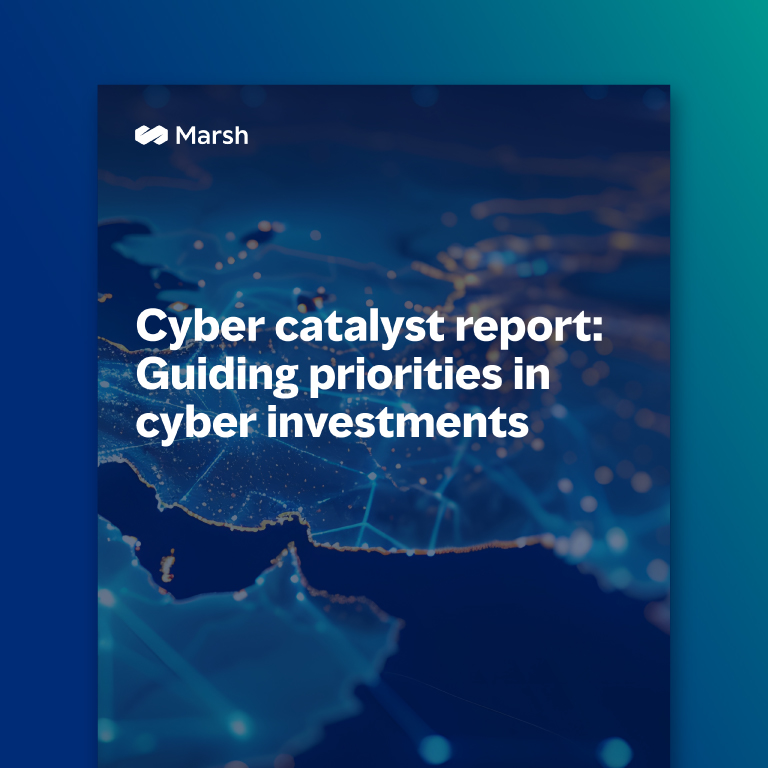What can I do to better protect my company from a ransomware attack? Do we understand our critical assets and their vulnerabilities? What insurance and cybersecurity consulting solutions are best?
As cyberattacks continue to increase, fueled by more sophisticated and persistent attackers, these are just some of the questions being asked by many senior executives.
Because cyberattacks and related claims have skyrocketed, insurers are taking a much more cautious stance — requiring specific cybersecurity controls and placing insurability at stake. While these controls have been established best practices for several years, some organizations still struggle to adopt them — most often because they have not been able to justify the cost or did not understand or see the need.
But with their insurability — and potentially also their financial stability — at stake, organizations across the board need to make a concerted effort to adopt controls that mitigate ransomware risks and improve their cybersecurity posture and resilience.
In this comprehensive and practical guide, Marsh identifies the top 12 controls considered as best practices by cybersecurity experts and insurance carriers alike. Download our guide to cyber hygiene controls to get straightforward guidance around each control, enabling organizations to answer critical questions and help build resilience.
What you’ll learn:
- What is the importance of controls in building or enhancing cyber resilience?
Learn how organizations mitigate cyber risk and improve their overall cybersecurity position by implementing cyber hygiene controls. - How are controls increasingly tied to insurability?
Find out which controls underwriters have most correlated with cyber incidents, plus which controls are now a minimum requirement for insurers. - What makes controls effective and how do they work?
Gain a better understanding of each of the 12 controls, why they should be adopted, and how a company can implement them. - Why is it critical to have an enterprise-wide, quantified view of cyber risk?
See how broad ownership of cyber risk across key organizational stakeholders supports improved decision-making at board and executive levels.
Related insights

Report,Featured insight
Cyber catalyst report: Guiding priorities in cyber investments
12/09/2025



